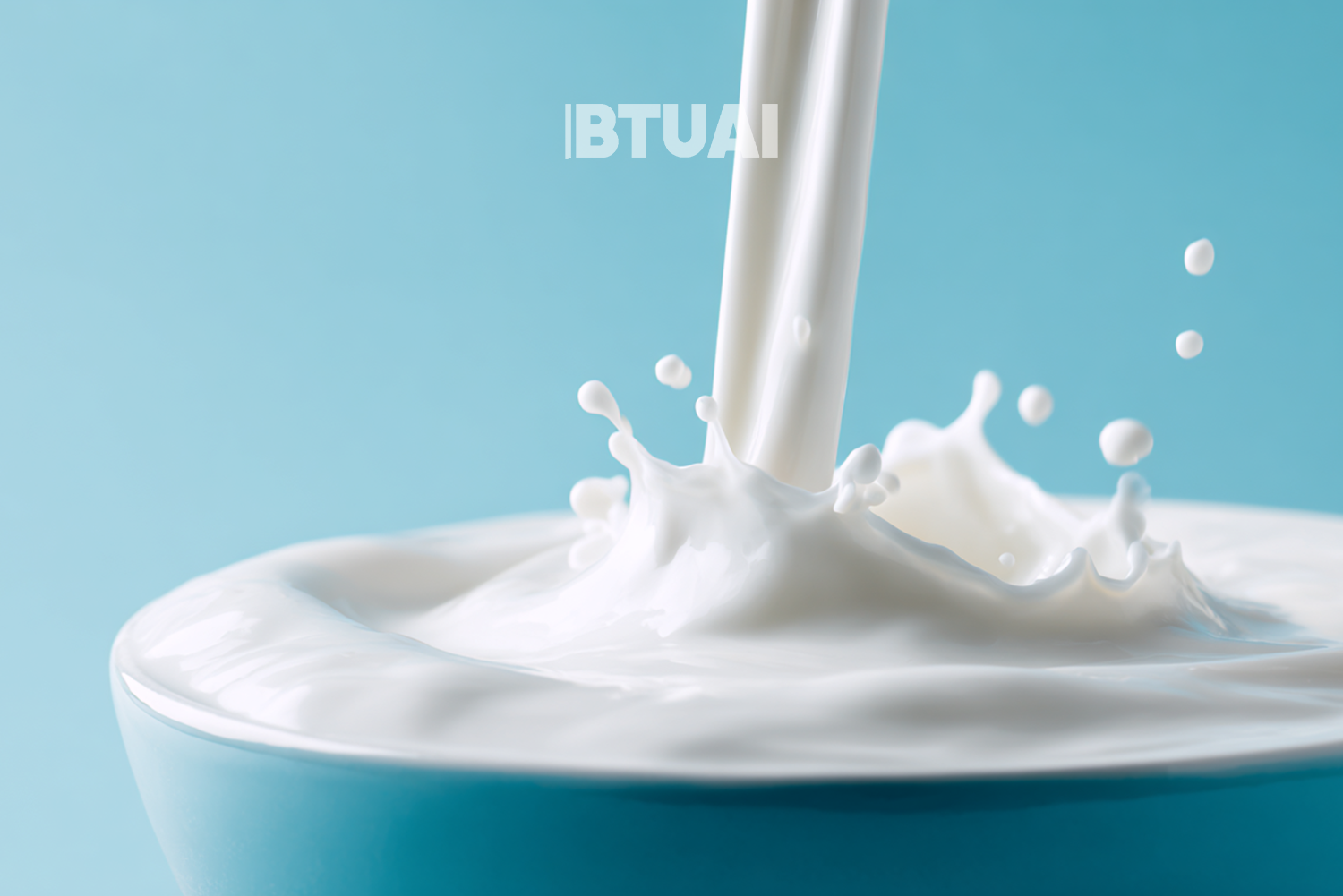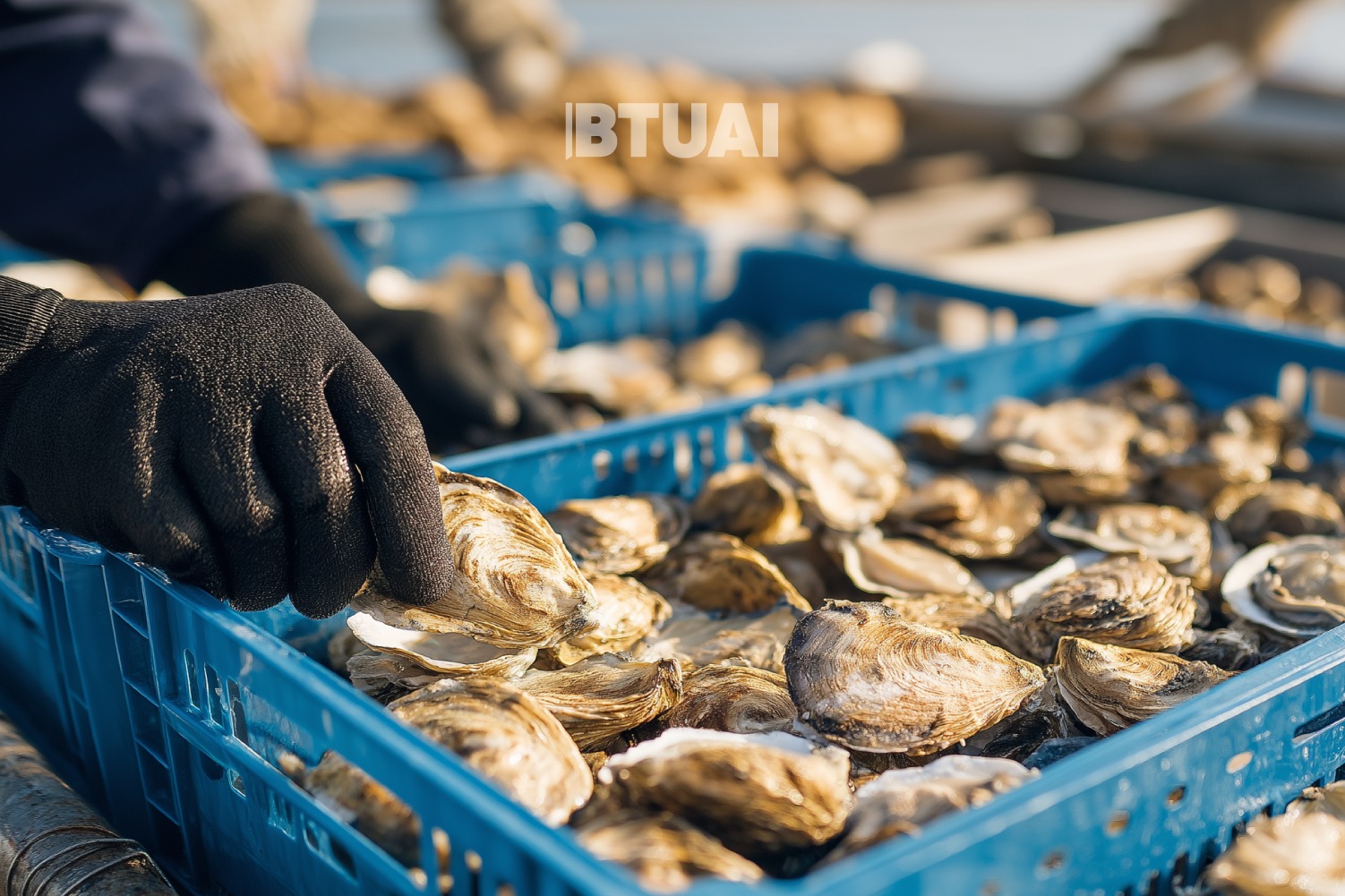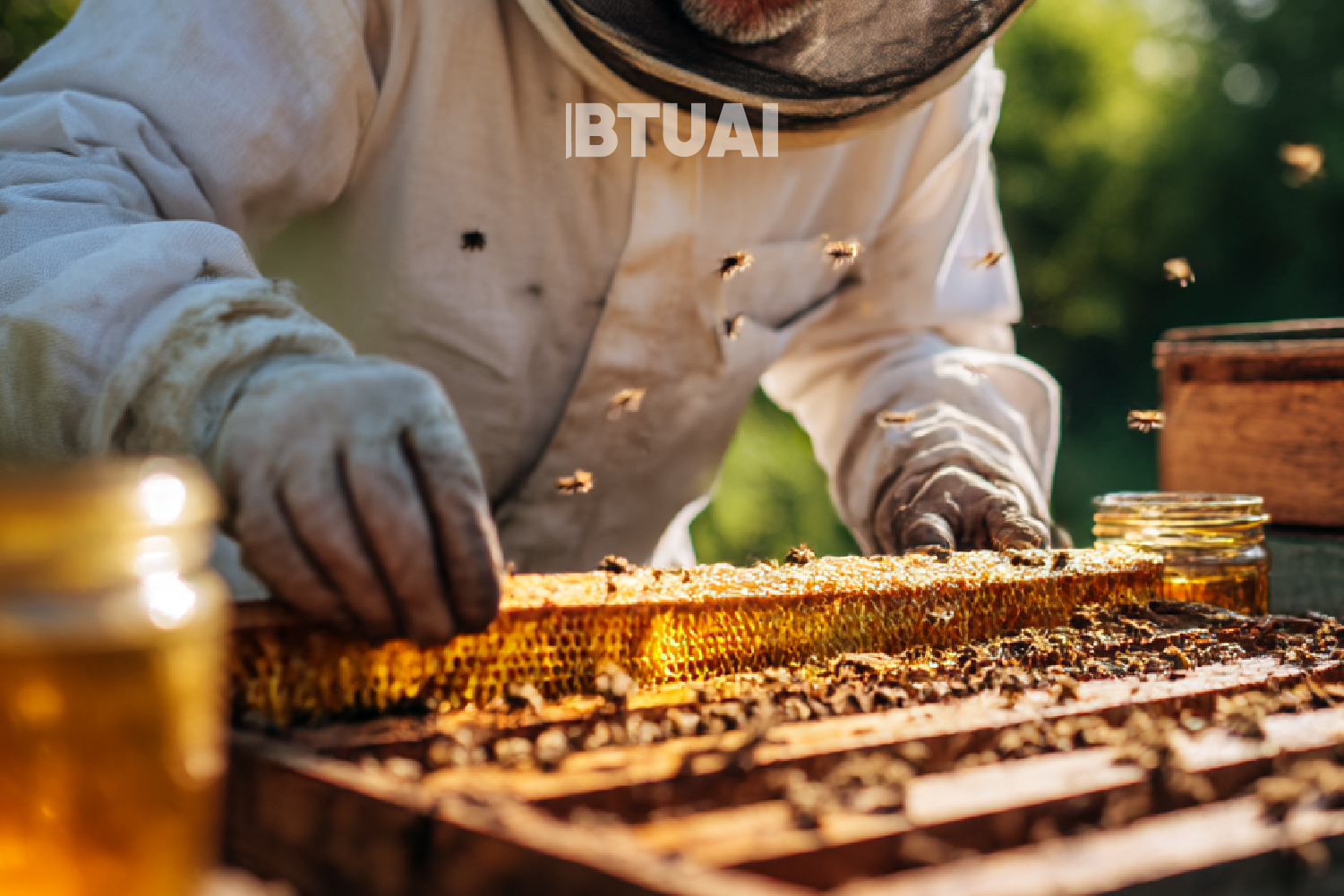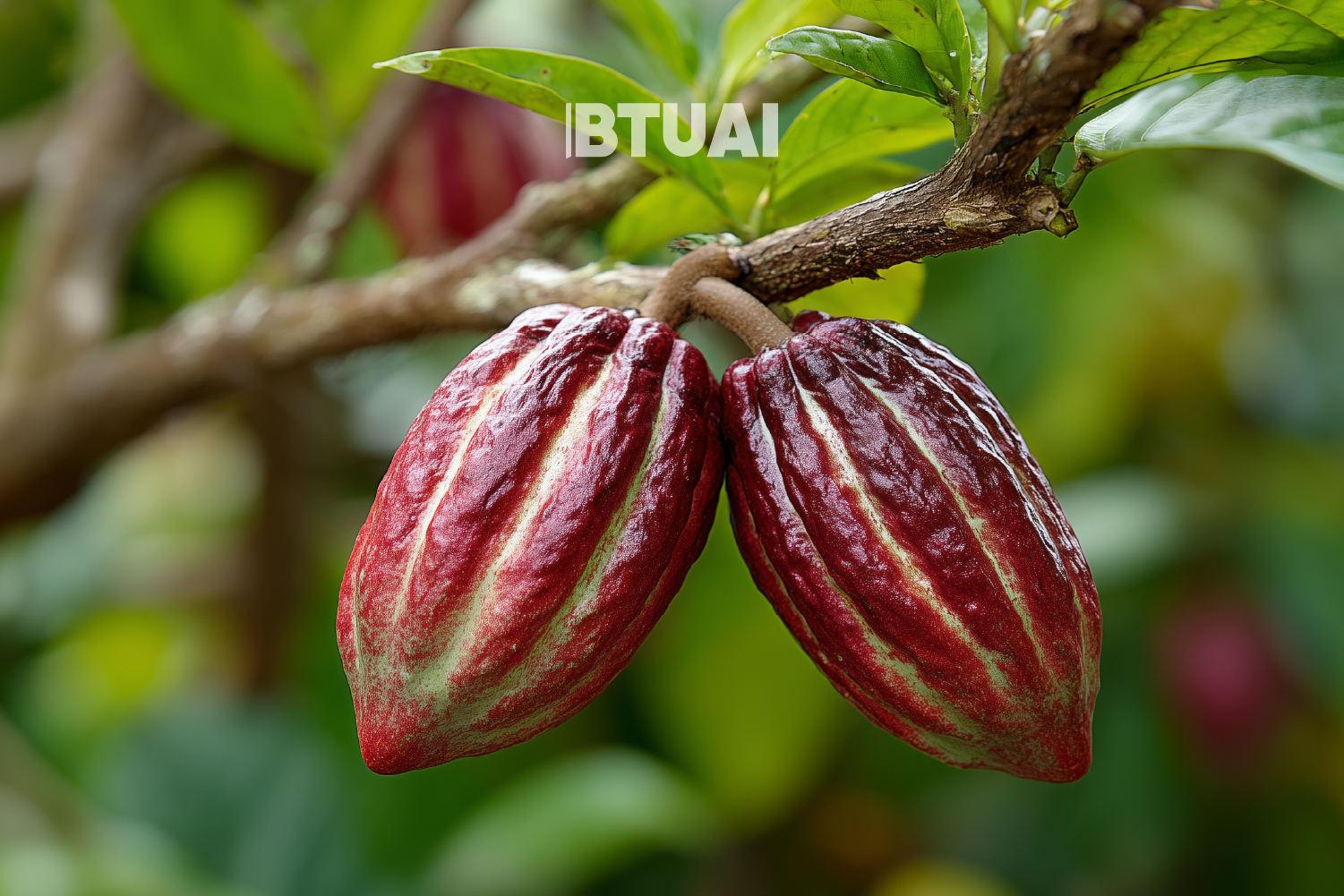Where Is Georgia’s Dairy Market Headed? 2025 Overview in Numbers and Trends
In 2025, Georgia’s dairy market is at a turning point. On the one hand, consumer demand for packaged, standardized

In 2025, Georgia’s dairy market is at a turning point. On the one hand, consumer demand for packaged, standardized dairy products continues to grow. On the other, domestic milk production is starting to decline, and reliance on imports is increasing.
As of the first quarter of 2025, total milk production in Georgia dropped by 3%, falling to around 108 million liters. The number of dairy cows also fell to 396,000, a decline of 20,000 head compared to the previous year. This signals increasing pressure on small farmers, many of whom struggle to modernize or maintain production (Geostat).
In contrast, milk imports — especially powdered milk — are rising. In 2024, Georgia imported over 10,000 tons of powdered milk, an 8% increase year-over-year. Key suppliers include Belarus, Iran, Russia, the Netherlands, and Germany. Despite the increased volume, the total value of imports dropped by 6%, totaling $23 million, due to falling global prices (Geostat).
Domestic producers face added competition. Although Georgia produces over 20,000 tons of cheese per year, a significant share of what’s sold is imported or even counterfeit. This undermines consumer trust and squeezes small-scale local dairies out of the market (FAO).
Meanwhile, demand is rising, especially in urban areas. StrategyHelix projects that the Georgian dairy market will expand by $55 million by the end of 2025, with an average annual growth rate of around 7.8%. Consumers are increasingly opting for organic milk, fortified yogurts, and plant-based alternatives (StrategyHelix, Euromonitor).
Seasonal instability remains a challenge. Milk supply peaks in summer and drops off in winter, leading to price fluctuations and uneven availability. However, improvements in cold-chain logistics are helping to stabilize deliveries and reduce waste, especially in rural areas (FAO, Georgian Farmers Association).
Ultimately, Georgia’s dairy future will depend not just on volume, but on value. Local producers will need to move beyond raw milk toward higher-value goods like bottled cream, mature cheese, or specialty yogurts. That shift will require investment, training, and modern processing infrastructure (FAO).
In short, Georgia’s dairy market in 2025 is gaining value — but remains structurally fragile. With declining production and growing consumer expectations, the path forward demands adaptation, innovation, and support for local producers.




